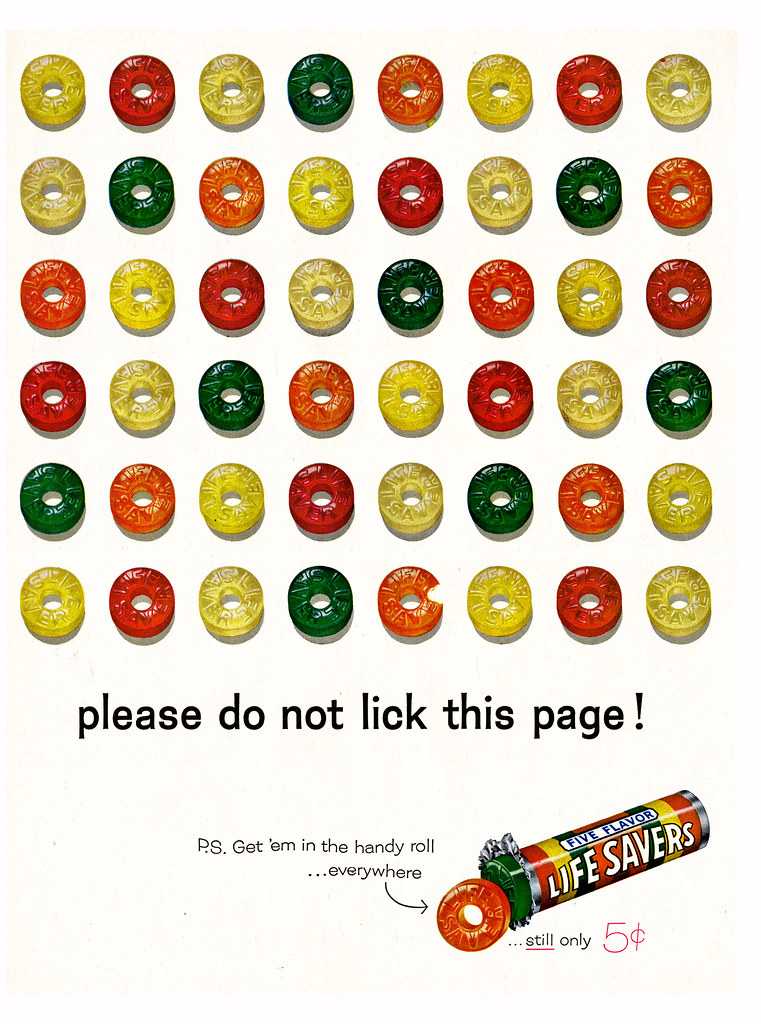6 weeks ago, I switched over the font for my newsletter from some web-optimized sans serif font to ugly, old-school Times New Roman. So far, I’ve had two people write in and complain.
One reader said Times New Roman hurts his eyes when he reads my emails in dark mode. Another reader said my newsletter now reminds him of long, factual 2000s websites and the font change made him scroll to the end without really taking anything in.
Has Times New Roman hurt my newsletter?
Like I’ve written recently, I had a record month last month, so it doesn’t seem to have hurt sales. More softly, I keep getting thoughtful and courteous replies from readers, even if it’s sometimes just to say that they’re not fans of the new font.
And the point?
If you read emails from marketers who write daily emails, it’s common to read messages that effectively say, “Heh, it works for me, you can either like it or leave.”
So rather than ending my email with another “Heh it works for me” message, let me tell you the two reasons why I decided to change my newsletter to Times New Roman in the first place. This might be genuinely useful to you, beyond just the satisfaction of agreeing or disagreeing with my attitudes and my personal font choices.
Reason one I switched fonts was that I had a phrase by marketer Dan Kennedy echoing in my head. Dan was softly croaking into my ear, and saying how you want to create a sense of place for your audience, a door that they walk through, which separates your little and unique world from everything else outside.
You might think this is just another way to say, be unique, have a brand, different is better than better.
And sure, that’s a part of it. But a key part of what Dan is saying is that this sense of place should be consistent with the kind of influence you want to have on your audience, and that it should permeate everything you do, beyond just fonts, beyond logos, beyond color choices.
Still, this might sound vague and fluffy to you. You might wonder whether this kind of “sense of place” stuff has a role in the hard world of results-based marketing.
That’s for you to decide.
I’m just putting the idea out there for you, because it influenced me. If you really want an argument for it, then I can only refer you to the authority of Dan Kennedy himself, who helped guide and build up Guthy-Renker, the billion-dollar infomercial company, and who influenced and educated more direct marketers and copywriters than probably anybody else in history, and who was himself responsible for hundreds of direct marketing campaigns and many, many millions in direct sales.
So that’s reason one for the font change.
Reason two is that switching my font to Times New Roman was an instance of my Most Valuable Email trick in action. Yes, this little trick goes beyond just email copy, all the way to font choice, in the right context. If you’d like to make more sense of that, you can find out all about my Most Valuable Email course on the following page:
🦓

